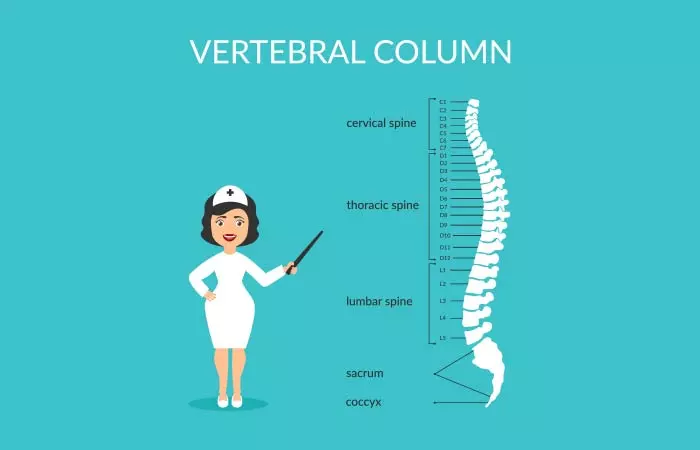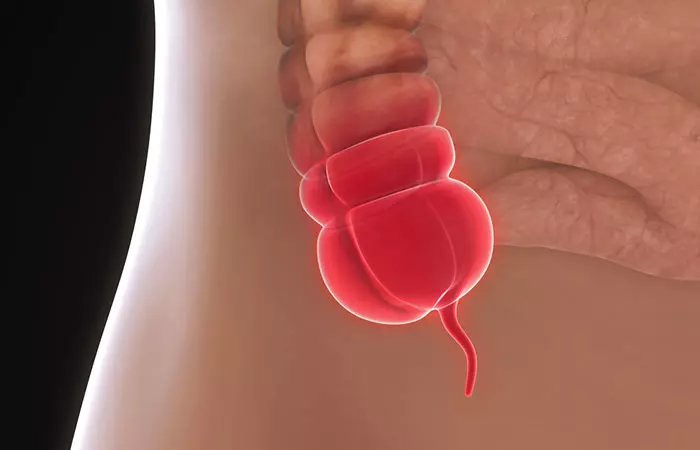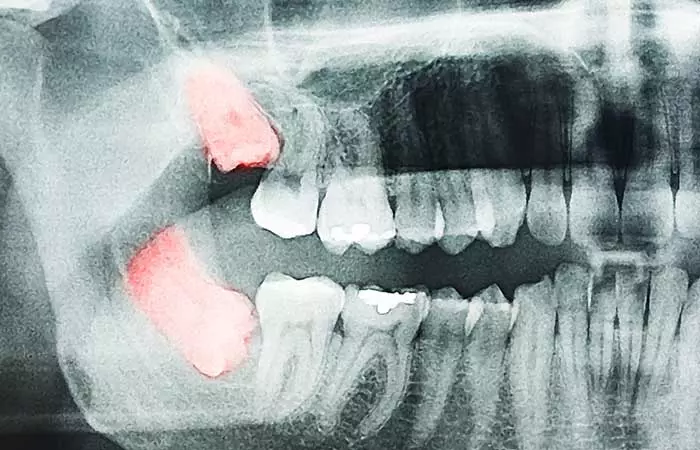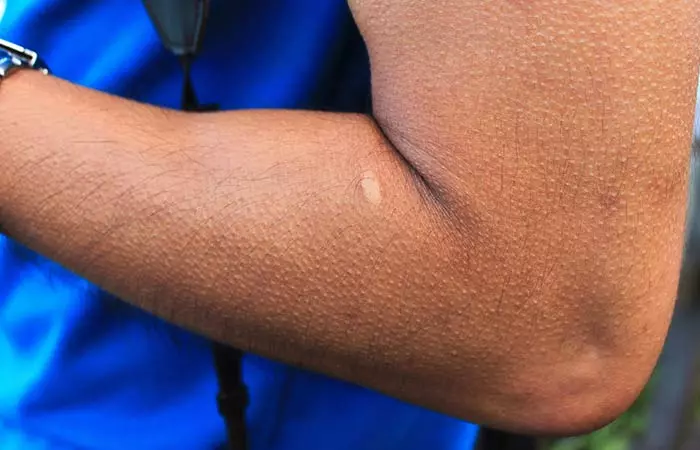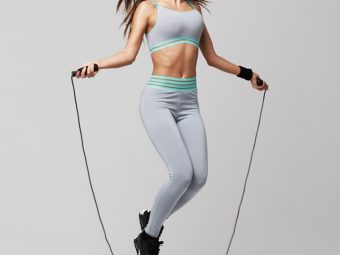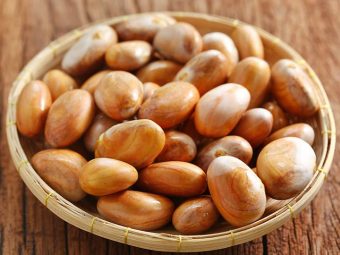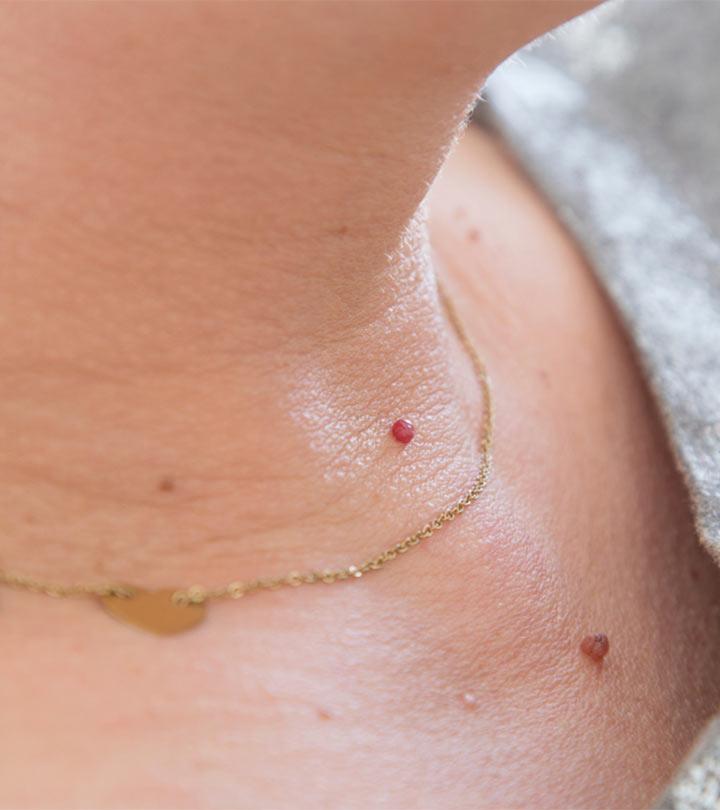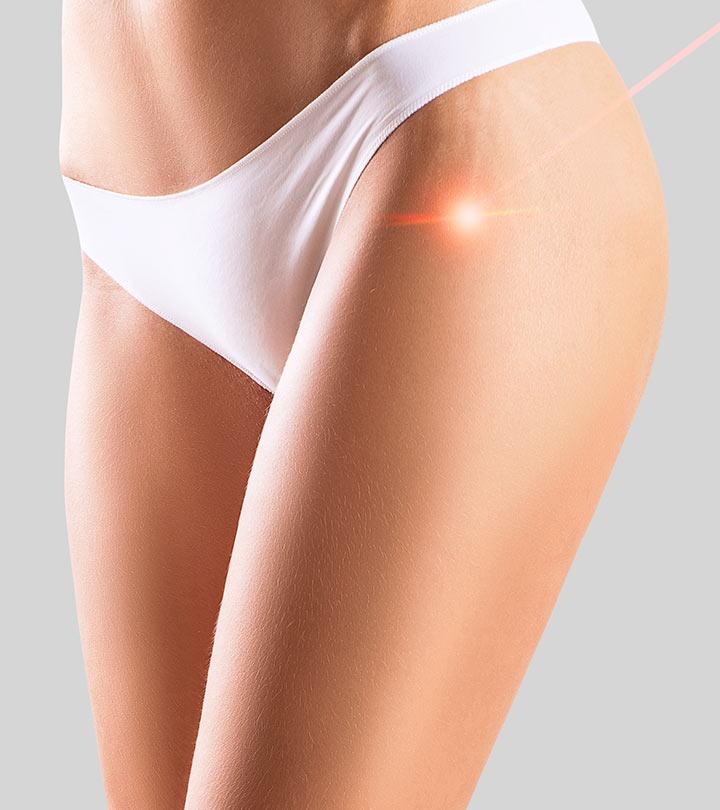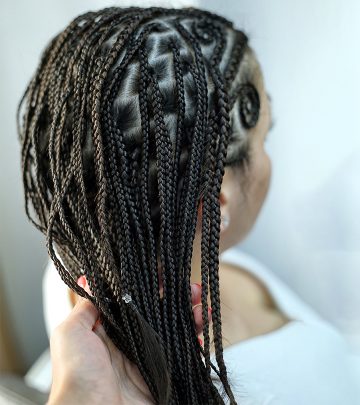7 ‘Useless’ Body Parts Explained: What You Do And Don’t Need

Image: Shutterstock
It’s taken roughly six to eight million years for the human species to evolve from our primate ancestors into the Homo sapiens we are today. Hence, it doesn’t come as a big surprise that our physiology has changed as well, though not always for the better. As a matter of fact, there are quite a few body parts that our ancestors found rather useful. But today, well, they’re simply redundant.
Every day, people get their appendix, wisdom teeth, or tonsils successfully removed, and once the pain abates, they subsequently continue with their lives with absolutely no trouble.
So what gives?
Well, these parts of your body still have a function. However, they’re not crucial for your survival anymore, which is why if you happen to lose them, don’t panic – you’ll survive.
Curious to know just what these ‘expendable’ parts are? Read on, my friend…
1. Male Nipples
Now, for this particular tale, you’ll have to go way back. I’m talking ‘in the womb as a fetus’ sort of back. You there? Good. We’re all on the same page now.
This may come as surprise, but in the womb, we all initially develop as females. It’s only if the baby happens to have a Y chromosome that the male hormone testosterone kicks in and halts any development of female characteristics. It restricts the development of full on breasts, and all that men are left with (thankfully) are the residue nipples.
Mind-blown, I know.
2. Tailbone
Our ancestors, and I don’t mean your grandparents, once possessed tails. This animal appendage was used to maintain their balance as they walked. However, once the human body happened to evolve, we sort of figured out the whole balance business for ourselves and bid the tail goodbye.
Yet, till this date, we possess the tailbone, aka ‘coccyx’, which is situated right at the end of our vertebral column. When we swaggered around with tails, this body part was crucial to our existence. Today, it serves as an attachment point for minor muscles and helps support some pelvic organs. Yawn.
Just not as cool, sorry.
3. Appendix
Many people mistakenly believe the appendix has some special role to play in the digestion process. Well, it doesn’t.
Charles Darwin (read: Father of evolution) suggested that in ancient humans, the appendix was utilized to digest a foliage-rich diet. But since we’ve progressed to a (questionably) better diet and consequently forgotten how to break down cellulose-rich foods (read: leaves), our appendix is no more what it once was. Today, like a bitter diva past her prime, it constantly haunts you with the threat of emergency surgery every time you suffer from a particularly bad stomach cramp.
4. Wisdom Teeth
With all the pain, money, and tears you expend over the removal of wisdom teeth, it’s rather frustrating to realize there is no wisdom in their existence. In actuality, they are the remnants of our ancestors who happened to possess larger jaws than us. Another hypothesis is that since Neanderthal men didn’t exactly get a dental plan, as they grew older, they lost teeth fast. Hence, the sprouting of wisdom teeth was a survival mechanism that allowed them to live longer.
5. Ears (Or At Least, A Specific Part Of Them)
Yes, ears are important. Period.
But not necessarily all of them.
Attached to our ears is a group of muscles, which anatomists refer to as auriculares. These allow the ears to, well, move around. But unlike other animals, such as cats and monkeys, which require moving their ears to hear better, we humans have a knack for hearing just fine with stationary ears.
In fact, aside from your strange cousin who is able to wriggle his ears at every birthday party like a circus show, most of humanity has forgotten how to use them.
6. Body Hair And Arrector Pili
Everybody is familiar with body hair, but what is this arrector pili? Well, they are fancy named smooth muscle fibers that are able to create that very peculiar sensation we all refer to as ‘goose bumps’. Once the arrector pili are stimulated, they cause the hair on our skin to stand erect.
If you’ve ever owned a cat, which you should ‘cause they’re awesome, then you’re probably familiar with the function of the arrector pili. They allow the hairs on cats to stand up, thereby making them appear significantly bigger and more intimidating to potential threats. In humans, however, aside from a feeble attempt at thermoregulation, they’re entirely redundant.
7. Third Eyelid
Also known as the Plica semilunaris, this is that corner of the eye that is immediately adjacent to your nose. In certain animals, such as reptiles, fish, and dogs, the third eyelid is required for an assortment of functions. For example, birds can swipe this translucent membrane over their eyes for protection or to hold on to moisture while still keeping their vision intact. In humans, however, it only serves to ensure proper drainage of our tears. That just makes me sad for our species.
There you have it, folks – seven body parts that evolution has turned rather redundant. Admit it. Some of these are just so very obsolete, you probably weren’t even aware of their existence.


